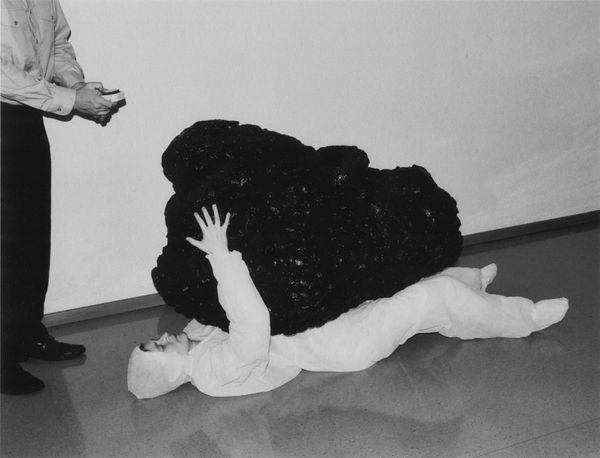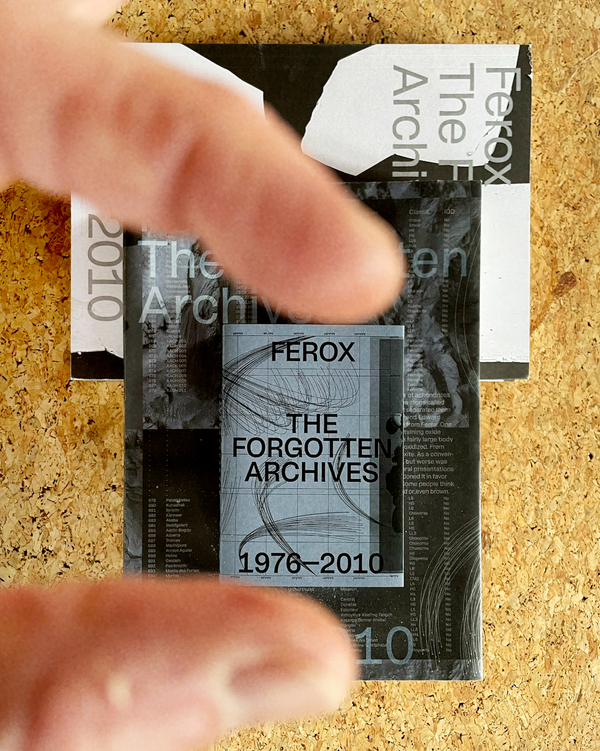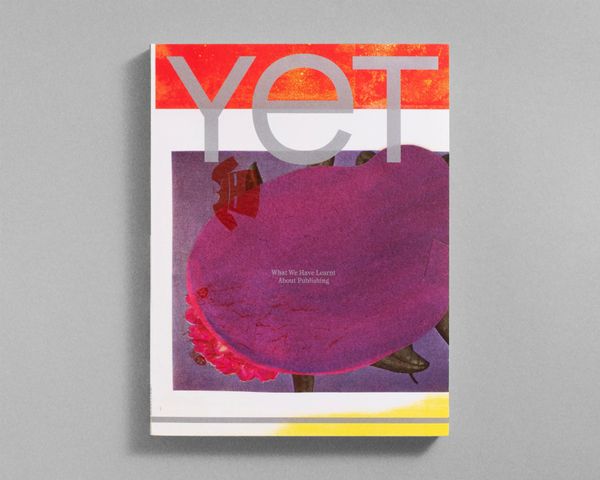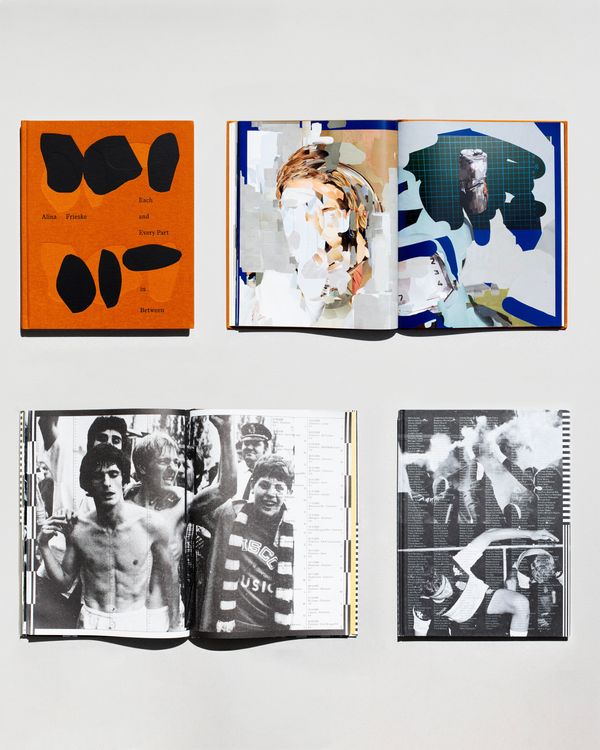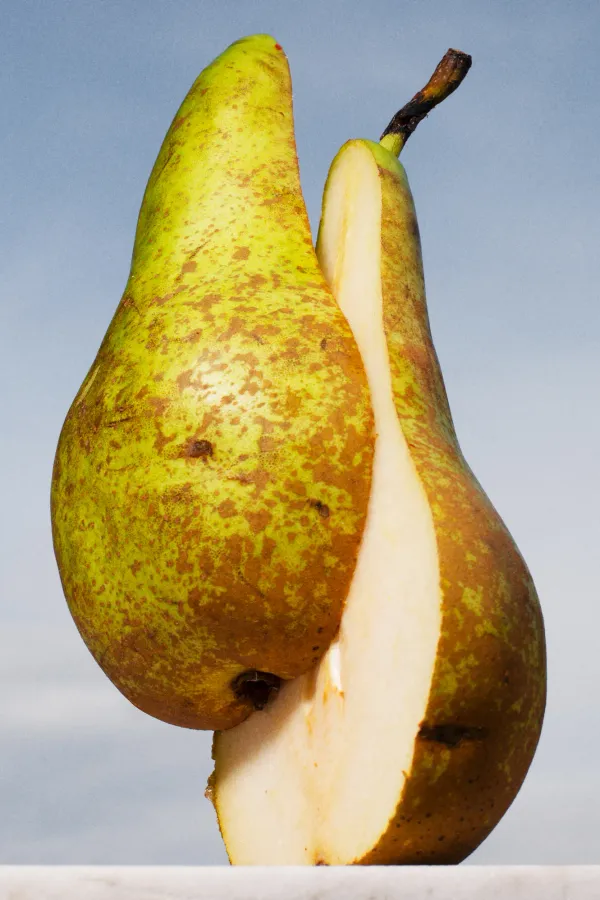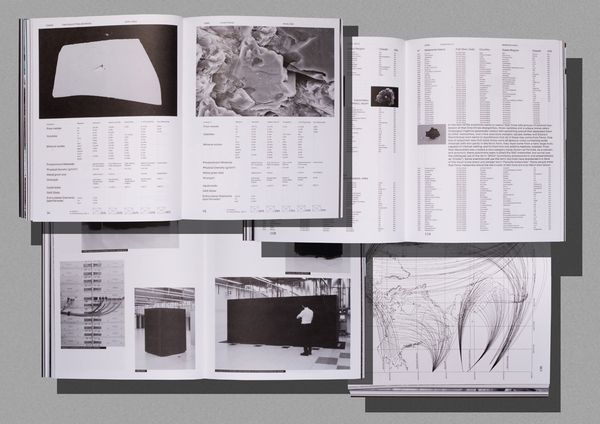Nicolas Polli On Concept And Design Dancing Together In Photobooks
-
Published7 Apr 2025
-
Author
From collaborative editing to design that never overshadows the project, gain publishing insights from the next professor of FOLIO, PhMuseum's Online Masterclass on Photobook Making.
Applications are now open for the next edition of FOLIO 2025/26, which will led for the first time by Swiss photographer and graphic designer Nicolas Polli, founder of the independent publishing house Ciao Press.
Combining theoretical and practical discussions, and individual mentorship and group learning, Polli will inspire and follow emerging practitioners through the advanced phase of their projects with the aimed of concluding a body of work and having it ready for publishing. The dummies produced will be exhibited at the PhMuseum Days International Photography Festival in Bologna, Italy, in 2026.
Ciao Nicolas, thanks again for joining our Masterclass Program this year. Can you provide an overview of your experience and philosophy when it comes to photobook making?
Hello dear, hope you are doing good. Even tho I would love, I believe there is no right formula when comes to photobook making. Every book is special and each book needs different degrees of attention. In my young career as a publisher and a graphic designer, I worked on around 80 publications, and every single one had different strategies: the personality of each individual artist interferes and plays an important role in the general feeling of the result, goals, needs, budgets, circumstances. That's why is so gratifying to publish, because even if you feel there is only one direction your book needs to see life, engaging into discussion with other individuals will allow you to expand your visions and ideally also the final results.
I anyway have my own way of working, that rather than a specific modus operandi is ideally a flexible formula, adaptable for each individual. In this course, we will start from this and adapt in relation of every single body of work.
Being both a photographer and a graphic designer requires a thoughtful approach when working on your projects. How do you balance these two roles?
I believe more and more rather than seeing two roles into a single character, I perceive this as a single practice. It’s hard to explain, but I truly believe that my design practice is deeply connected with my work as a photographer and vice versa. At the beginning was incredibly hard to justify to myself I could develop my career in both practices, when I suddenly stopped seeing this as a problem, but rather experienced it as a possibility, a possibility of using both experiences and transforming them into one.
When I work on my own photobooks I have anyway to try separating my emotional connection to the images I created and try to see them as the body of work of another photographer. This, together with asking for a critical view from a few colleagues, helps me to create boundaries with my own work even if covers two different roles.
Can you briefly describe your usual process of working with artists on their books? Are there sort of “fixed” steps or is it different every time?
As described previously, I believe each artist requires a different level of attention. Sometimes my work only consists of “guiding” an artist into finding their own solutions, sometimes I receive 3,000 images and I am requested to initiate the editing by creating the fundamentals of the book. What is important with each artist I am working with, is to start with the right foot. A deeper talk, a first mood board, describing visually ideas, conversating about possibilities, and understanding from the beginning if we are on the same page, is a basic part of any collaboration.
What role do you think research and conceptual development have in the design of a book?
It clearly depends on project by project. Certain books can not exist if we do not have a solid understanding of what already exists or about dynamics we need to take into consideration for designing thoughtfully in combination with the concept of the project. Concept and design need to dance together, sometimes one of the two takes the lead, but you need to have both to properly create a beauty.
I always say to students, that is vital to know properly what is the aim of the project and in which ways we intend to communicate it to a larger public without a conceptual and cultural base an artist can have by working on a project for several years. Design enters to (ideally) simplify those connections, by helping viewers to interact with the project. Sometimes design is here to “save” a project that conceptually or visually is a bit weak… I am not a big fan of this… if we are speaking of photobooks, I still believe photography must be the center point of the final result, if we notice more the design than the photography, something is wrong. And sometimes, a book does not need a predominant design, and I love more and more those books too. Those moments when sequencing page by page, image by image do not need anything else than the strong connections between the images of a solid project: those are normally beautiful books.
What do you enjoy the most about teaching and what is your approach to it?
Teaching is all about learning if your processes find a common ground with other people. Are your methods clear? Is your way of working, something interesting enough to share? Is your way of seeing photography still up to date?
When you work with inspired people who want to achieve great results is really gratifying, not only you can transmit information that is going to be important and remembered by someone else, but you are going to learn yourself new methods and ideas.
Do you have any advice to share with prospect applicants and how do you think they can benefit from the program?
I do not have any advice yet, but I am looking forward to this experience. One thing I believe is going to be important is not only to profit from the feedback I am going to give as a mentor but also to nourish yourself from the great networking that the PhMuseum is offering. Learning from your “classmates”, speaking and exchanging about your project, learning how to pitch your concepts, are all things that are incredibly important as photographers. I find it difficult sometimes to exchange with someone else as after studies we often find ourselves alone with our ideas without anyone to share.
--------------
FOLIO Online Masterclass On Photobook Making is part of PhMuseum's educational program, comprising five different masterclasses that will all share a single intake period running until 5 June, with classes beginning in October 2025. Each course is tailored to meet the needs of emerging photographers, artists, curators, and contemporary storytellers looking to bring their methods to the next level. Check out which program suits you best at phmuseum.com/education
--------------
Application key dates, scholarships and participation fee
Before 8 May – If you apply by this date, you are eligible for the full scholarship. In your motivational letter, explain why you’d be a strong candidate, and how you would benefit from this support.
Before 8 May – If you apply by this date, you can save €350. All applications submitted for the scholarship will be automatically eligible for the Early Bird Fee of €1,850.
Before 5 June – If you apply by this date, you can join the program by paying the Regular Fee of €2,200. Since applications will be reviewed on a continuous basis, early submissions receive priority for seat allocation.
If you are offered a place, PhMuseum is happy to write you a supporting letter when you try to secure any external funding opportunities. In previous editions of our masterclasses program, the candidates' fees were covered thanks to the generous contribution of the IWMF Howard G. Buffett Fund for Women Journalists, Mondriaan Fonds, Arts Council Malta, and other programs. Read our guide to 2025 Education Funding for Visual Artists about opportunities that can help you secure funding.
